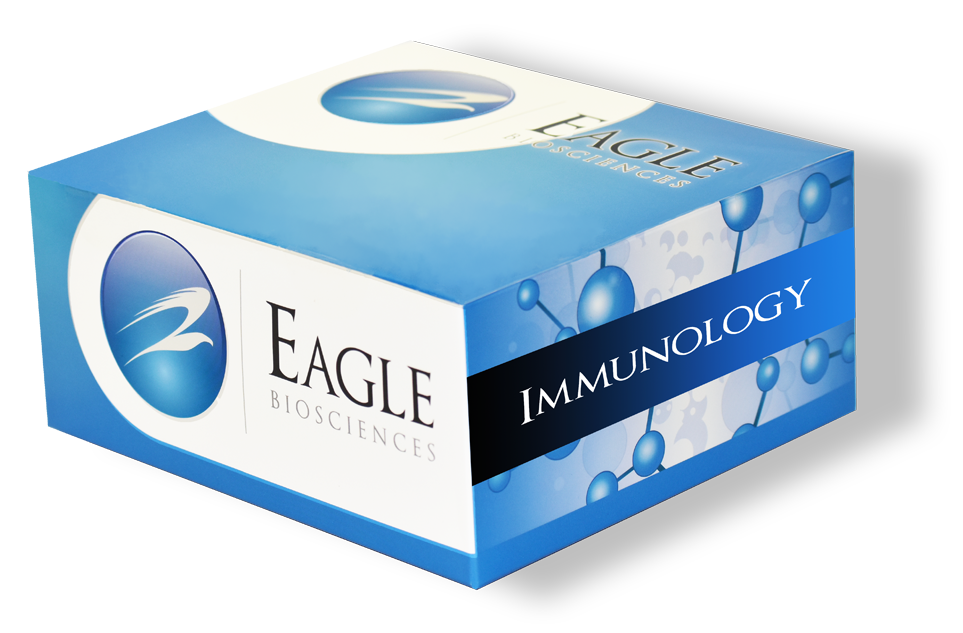The anti-phospholipid (aPL) screen is a broad serologic test used to detect autoantibodies against phospholipid-binding proteins, most notably anticardiolipin (aCL) and anti-beta-2 glycoprotein I (anti-β2GPI) antibodies. It often includes testing for all relevant isotypes (IgG, IgM, and sometimes IgA) and may be complemented by functional assays like the lupus anticoagulant test. The aPL screen plays a central role in identifying patients with antiphospholipid syndrome (APS), an autoimmune disorder marked by recurrent thrombosis, pregnancy complications, and, in some cases, thrombocytopenia or neurological symptoms.
Clinically, the aPL screen is commonly ordered in patients with unexplained clotting events, recurrent miscarriages, or suspected autoimmune diseases such as systemic lupus erythematosus (SLE). A positive screen indicates the need for more specific antibody testing (e.g., aCL IgG/IgM, anti-β2GPI IgG/IgM) and longitudinal monitoring, as persistent positivity (at least 12 weeks apart) is necessary for APS diagnosis. In research, the aPL screen is used to study the prevalence and significance of antiphospholipid antibodies in both autoimmune and non-autoimmune populations. It also helps identify “seronegative” APS patients, explore the mechanisms of autoantibody-mediated thrombosis, and assess the impact of various aPL profiles on disease severity and treatment outcomes.
This product is manufactured in Italy by Diametra.

